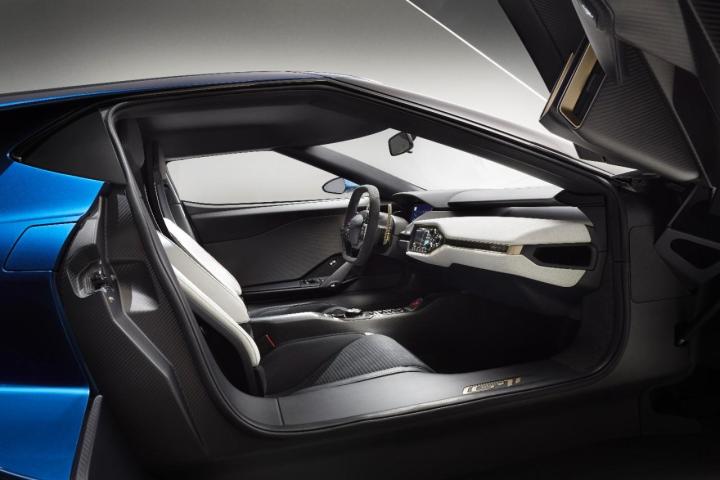
Ford acknowledges this, and that’s why the company is experimenting with new research techniques to measure emotional responses to interior designs.
It’s not all questionnaires and surveys though. Ford will employ modern biometric technology like eye trackers and EEG scanners to measure brain activity and time spent looking at particular areas. People often do this without realizing it, and Ford is confident that the scientific data will help its designers craft clearer, more intuitive cockpits during testing.
“Vehicle interiors have witnessed one of the biggest evolutions across the history of cars in recent years,” said Raj Nair, Ford’s VP of Product Development. “Not only have we introduced a great deal of useful new technology into our cars and trucks, we consistently are adding better materials, improved design and increased features across the board, from high-end vehicles to entry-level segments.”
“All of this leads to a focus on design languages that not only convey the right messages, but deliver on an enhanced user experience,” he continued.
The first step is determining eye motion path, done with an optical tracker, to identify a person’s eye movement over time. From this information, Ford can theorize about first impressions and where the driver’s priorities lie. Eye tracking can also record the amount of fixation on particular gauges, displays, colors, materials, and contour lines.
The next way the brand can improve is by measuring emotional responses with EEG devices. With this data, Ford can place heavily stylized elements in one place, while utilitarian functions can go elsewhere. EEGs can also be helpful to recognize excitement, calm, attraction, and repulsion reactions.
The first car to employ this unique design philosophy was the GT supercar, which is set to go on sale next year.


